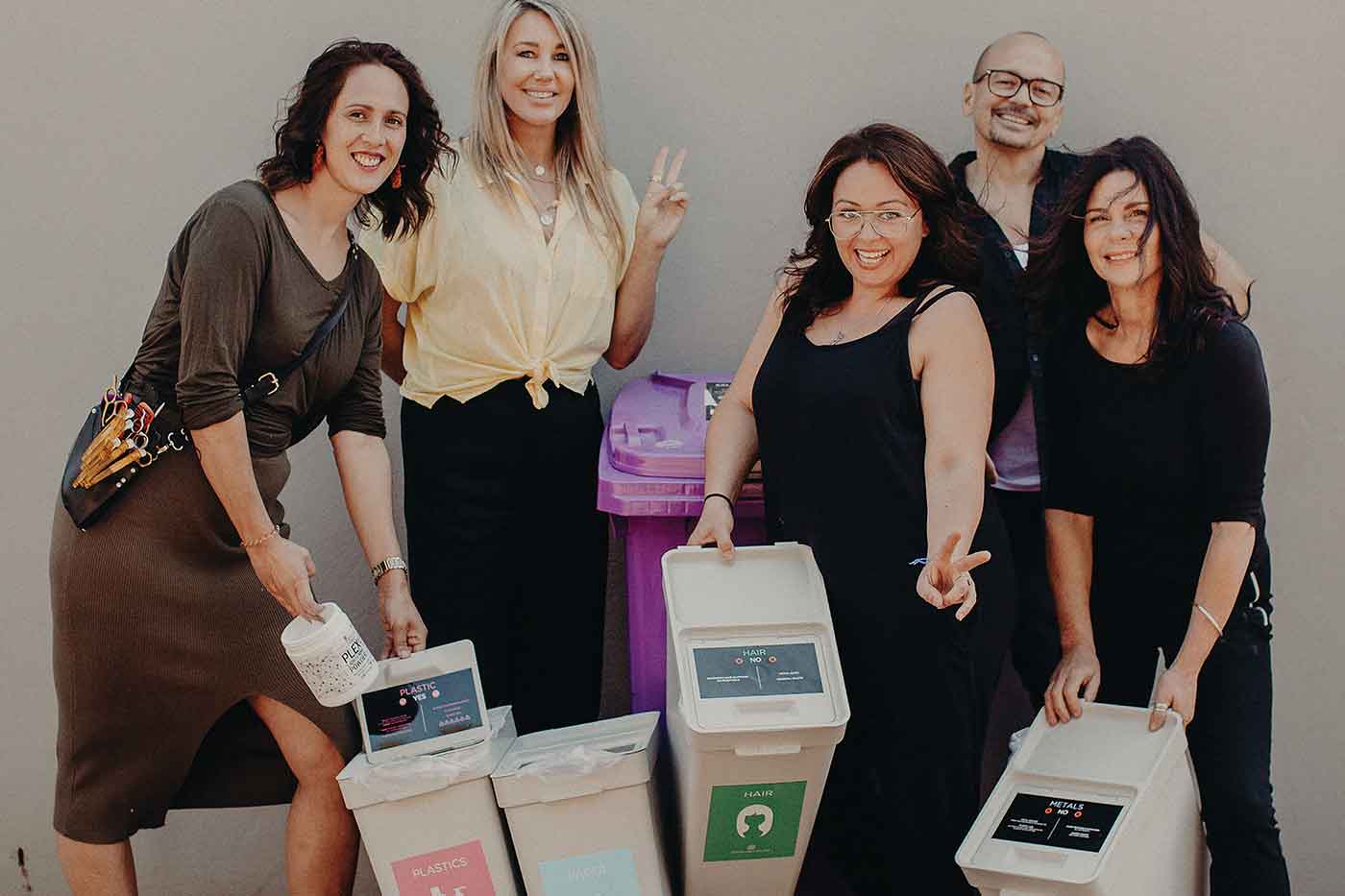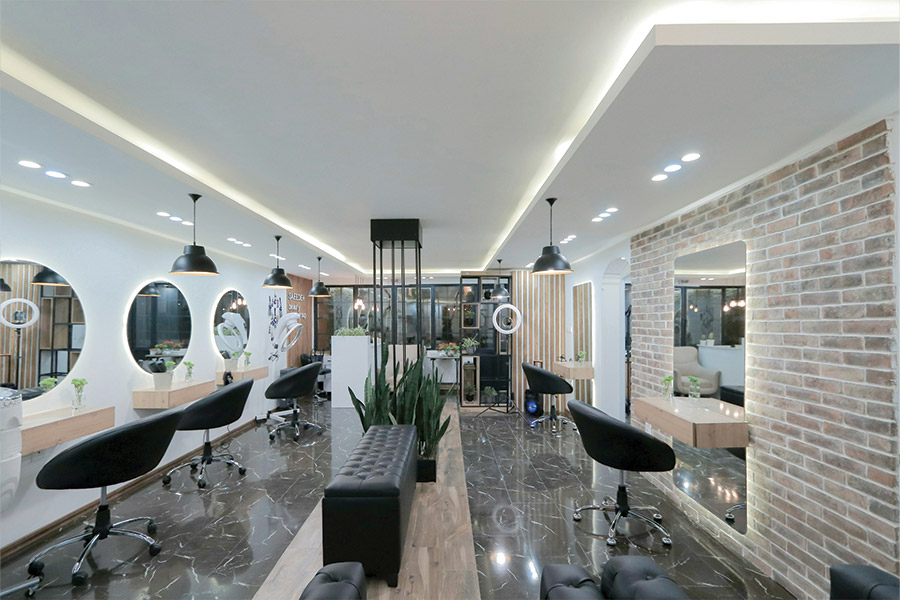Everything you need to know about maintaining, discarding, and eliminating waste at your salon place
Every month, the salon industry generates hundreds of metric tonnes of garbage, which is disposed of in landfills. During the different hair, beauty, and nail procedures, large amounts of trash are produced, including waste from hair dye, human hair waste, foils, colour tubes, shaving blades, waxing strips, and everything in between. The salon industry, unfortunately, contributes significantly to the environmental carbon footprint of our planet.
The main concerns about the waste are that it poses the greatest health and environmental risks. Salons can both cause and spread viral, fungal, and bacterial infections. Hepatitis B & C, herpes, AIDS, skin and eye infections, hair lice, and chronic fungal diseases are among the diseases that can be transmitted in beauty salons.
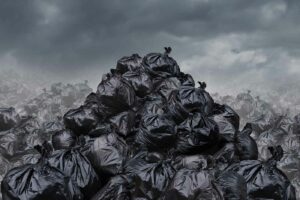
It also causes significant environmental issues as the salon uses a variety of chemicals and synthetic compounds. It not only puts the environment at risk but also endangers the professionals who use it. The hair wrapped in plastic bags decomposes in landfills, emitting methane gas. Salon tends to provide wide range of services, from skin treatments and hairstyling to manicures, makeup, bleaching, multiple hair washing, and so on, leading to significant waste of water in gallons. The treatments even emits chemicals like alkalis, acids, dyes, etc. which pollute the water.
Thus, take into consideration the various types of waste categories and make an effort to reduce these excess wastes.
Hazardous waste
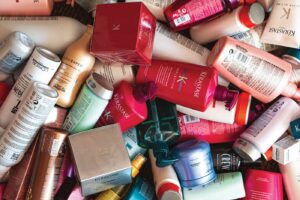 Hazardous waste is defined as anything with ignitable, corrosive, reactive, or toxic properties that contaminate or pollute the soil, air, or water. Chemicals produced by salons include dye, coal tar, and bleach, hair colouring, hair treatments containing chemicals such as formaldehyde and sulphates etc.; shampoos contain synthetic fragrances and parabens; additionally, products like hair sprays, adhesives, nail glue, acetone, nail polish, acrylic nail liquid etc., are all toxic in some way or the other.
Hazardous waste is defined as anything with ignitable, corrosive, reactive, or toxic properties that contaminate or pollute the soil, air, or water. Chemicals produced by salons include dye, coal tar, and bleach, hair colouring, hair treatments containing chemicals such as formaldehyde and sulphates etc.; shampoos contain synthetic fragrances and parabens; additionally, products like hair sprays, adhesives, nail glue, acetone, nail polish, acrylic nail liquid etc., are all toxic in some way or the other.
Bio-medical waste
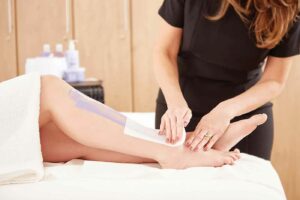
Bio-medical waste is anything containing infectious or potentially harmful products or fluids. A salon provides skin contact treatments that generate biomedical wastes such as waxing strips, gloves, cotton buds, razors, dead skins, product applicators, used masks, q-tips, needles, and pigmentation pens, or anything left over from the treatment that contains germs and bodily fluids, etc., which pose the risk of infection.
General waste
Anything that isn’t recyclable and is not really clinical or hazardous waste is considered general waste. General waste consists everything from client hair to leftover products, empty product cans, tubes, bottles, aluminium foil, used or expired make-up, and everyday garbage.
Ways to manage the waste
Segregating the clinical, hazardous and general waste
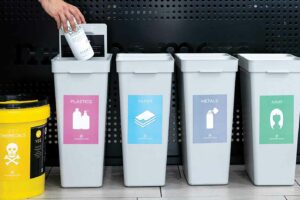
Making sure that the salon has different bins for different types of waste. Usually, general waste should be collected and disposed of in a trash bin in a black bag. Salons should have separate bins for recycling products, as there are many products that could be recycled. As biomedical waste has a risk of generating infection, it needs to be disposed of correctly. In a separate bin, such biomedical waste should be accumulated. Under the government’s mandated guidelines, hazardous waste must be disposed of. A general practice of placing them individually in a sealed bag will prevent them from mixing and causing a reaction. A separate bin for each type of waste, as well as labelling them, will aid in the proper management and segregation of salon waste.
Reuse and Recycle
Begin by reducing your use of single-use products wherever possible. If you must use them, choose some plastic alternatives, such as biodegradable materials. To reduce the amount of waste that ends up in landfills, repurpose anything you can, such as bottles, gowns, hand towels, and other traditionally disposable products. When buying reusable items, look for ones made of natural fibres rather than synthetics, such as cotton, wood, or glass. Backwash water must also be recycled and reused, like by using it in restrooms.
Adopting eco friendly products and tools
One must invest in energy-efficient LED light bulbs that last longer than incandescent bulbs, that itself saves lot of electric energy and money, as well as low- flow showerheads or sprinkler systems to wash hair, this alone can save you approximately 330 litres of water a day.
Disposing Hair waste
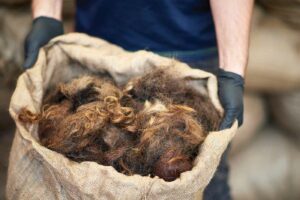
Hair is not considered hazardous or clinical waste; however, it should be kept out of the drain or it will clog it. Human hair is completely biodegradable and renewable, and recycling it will benefit a variety of industries, including oil spills and environmentally friendly fertilizers, among others. Another option for dealing with hair waste is to donate it rather than discard it. Collaboration with an organization that specializes in recycling or donation will be beneficial.
Thus, implementing a properwaste management plan is one of the most important steps in reducing your salon’s environmental impact and health risks!
Also Read:

